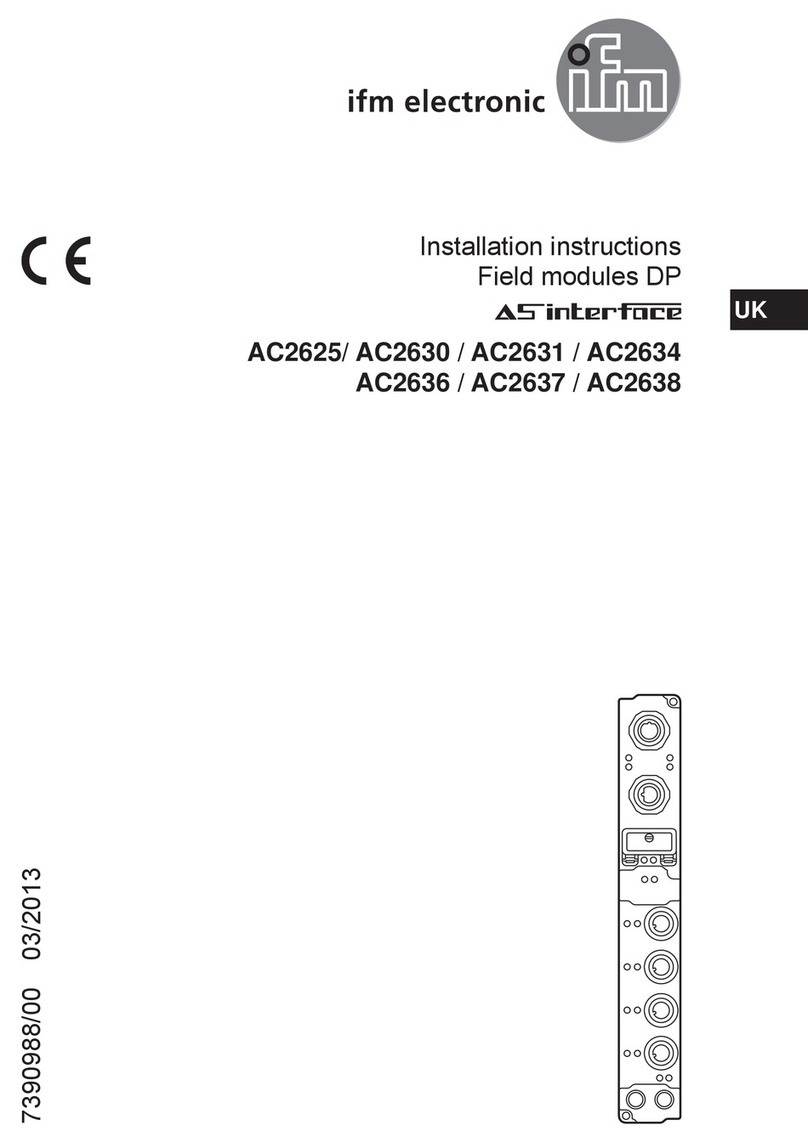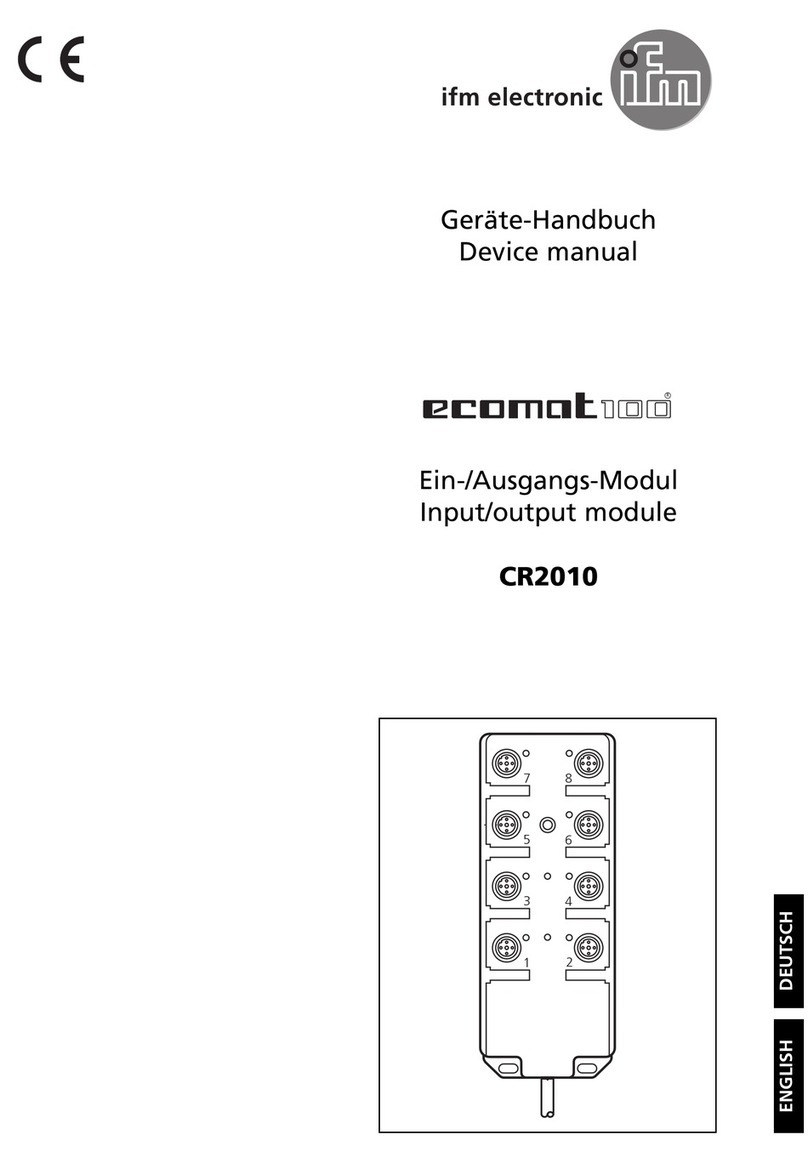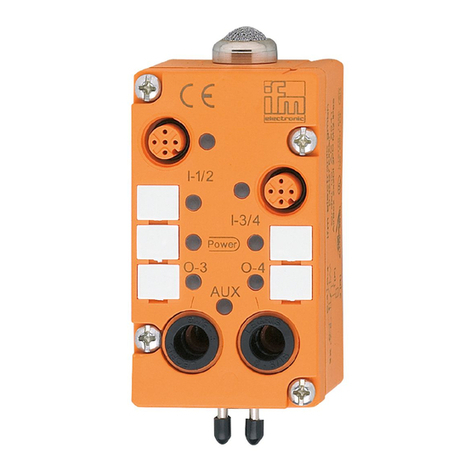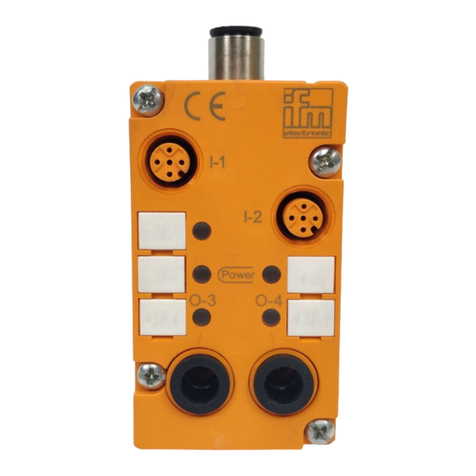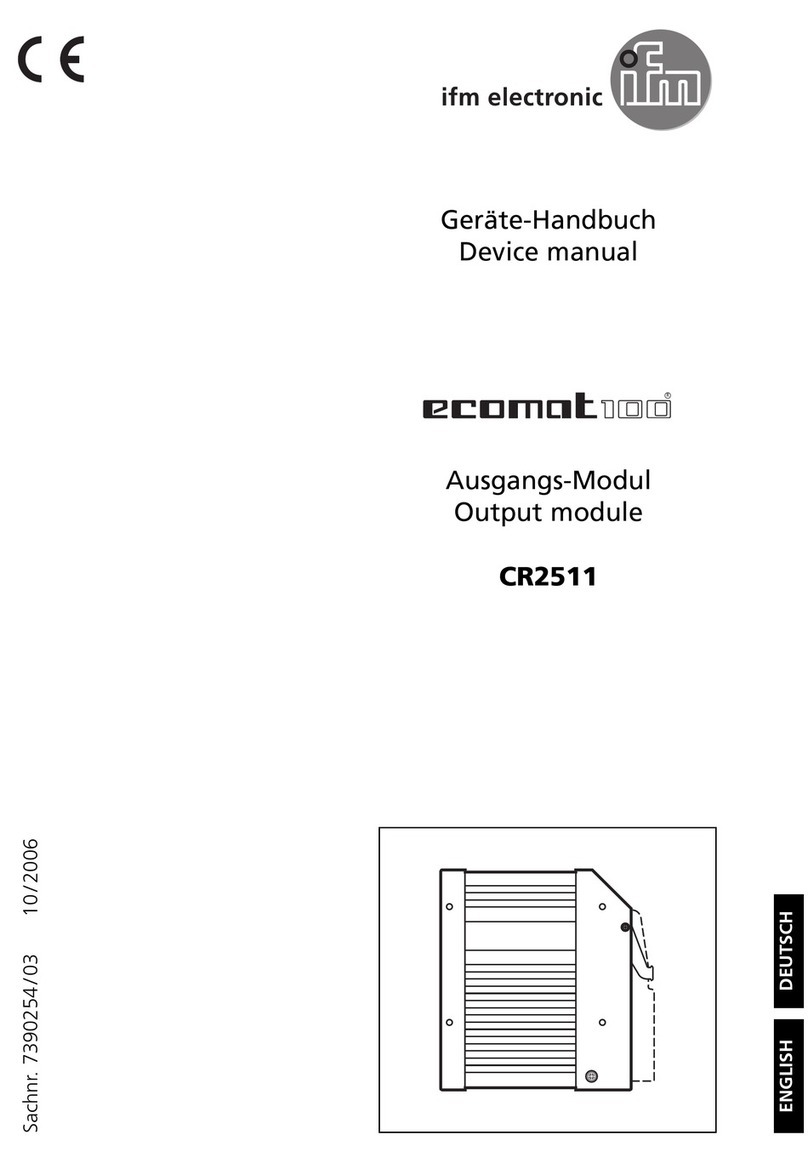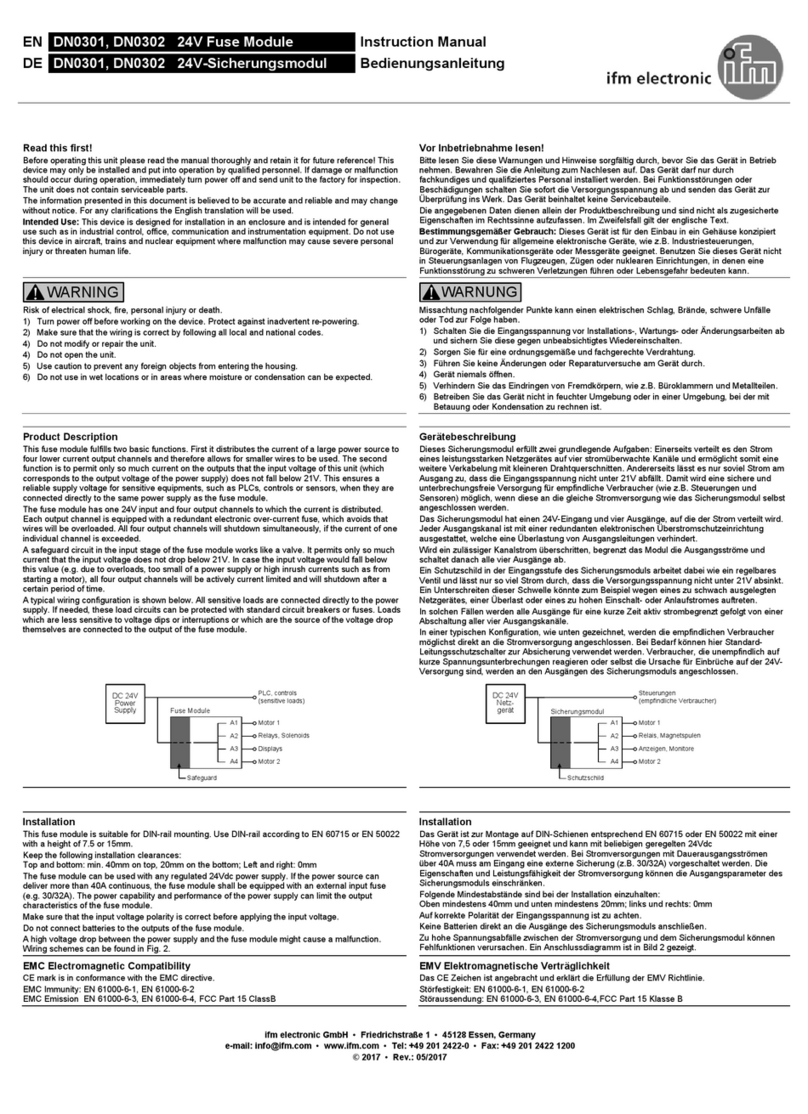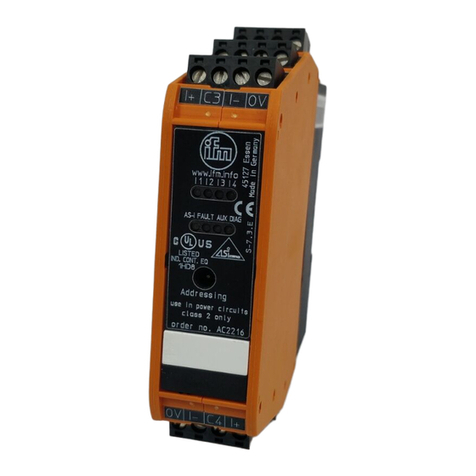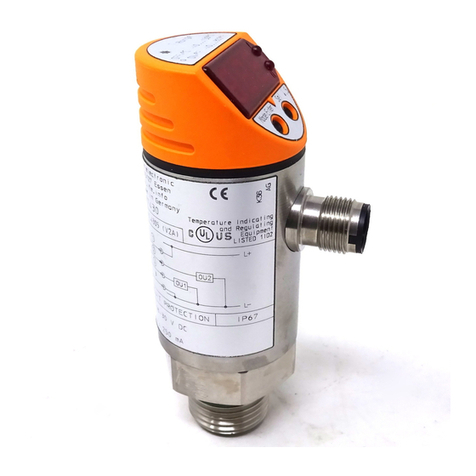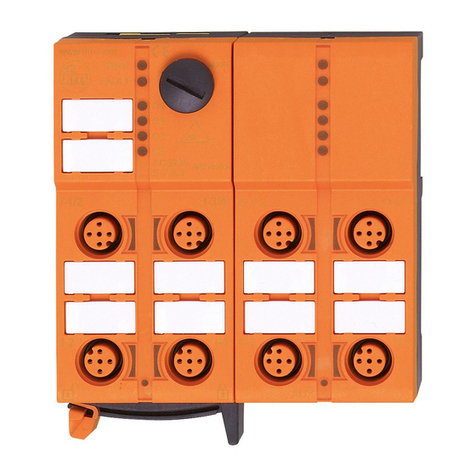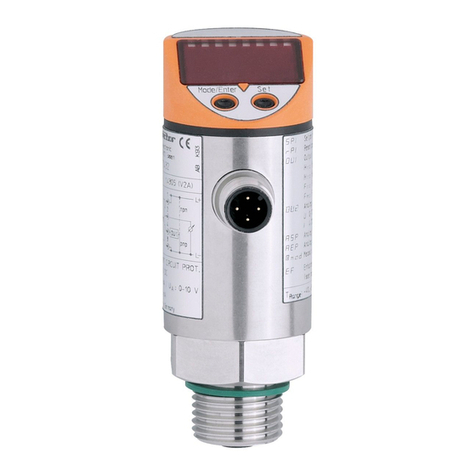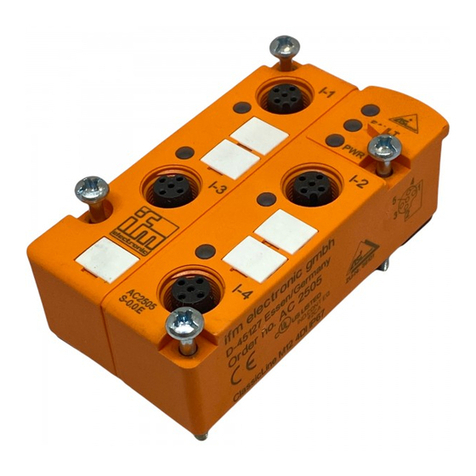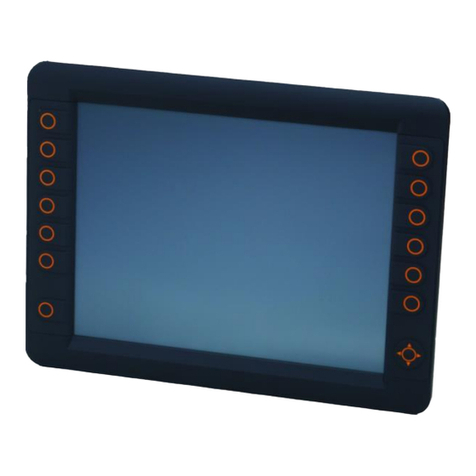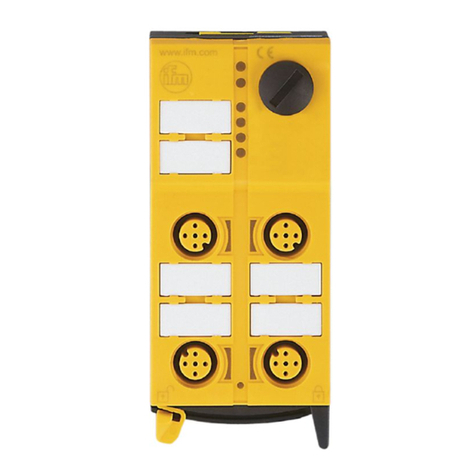
CabinetModule CR2012
2
Contents
1 Safety instructions � � � � � � � � � � � � � � � � � � � � � � � � � � � � � � � � � � � � � � � � � � � � � � � 3
1�1 Notes on this manual � � � � � � � � � � � � � � � � � � � � � � � � � � � � � � � � � � � � � � � � � 3
1�2 Notes on the device � � � � � � � � � � � � � � � � � � � � � � � � � � � � � � � � � � � � � � � � � � 3
2 Functions and features � � � � � � � � � � � � � � � � � � � � � � � � � � � � � � � � � � � � � � � � � � � � 4
2�1 CAN communication� � � � � � � � � � � � � � � � � � � � � � � � � � � � � � � � � � � � � � � � � � 4
3 Mounting� � � � � � � � � � � � � � � � � � � � � � � � � � � � � � � � � � � � � � � � � � � � � � � � � � � � � � � 5
3�1 Mounting location � � � � � � � � � � � � � � � � � � � � � � � � � � � � � � � � � � � � � � � � � � � � 5
3�2 Fixing � � � � � � � � � � � � � � � � � � � � � � � � � � � � � � � � � � � � � � � � � � � � � � � � � � � � � 5
3�3 Cooling � � � � � � � � � � � � � � � � � � � � � � � � � � � � � � � � � � � � � � � � � � � � � � � � � � � � 5
4 Electrical connection� � � � � � � � � � � � � � � � � � � � � � � � � � � � � � � � � � � � � � � � � � � � � � 6
4�1 Connectors � � � � � � � � � � � � � � � � � � � � � � � � � � � � � � � � � � � � � � � � � � � � � � � � � 6
4�2 Fuses � � � � � � � � � � � � � � � � � � � � � � � � � � � � � � � � � � � � � � � � � � � � � � � � � � � � � 6
5 Set-up � � � � � � � � � � � � � � � � � � � � � � � � � � � � � � � � � � � � � � � � � � � � � � � � � � � � � � � � � 7
5�1 CoDeSys PLC configuration� � � � � � � � � � � � � � � � � � � � � � � � � � � � � � � � � � � � 7
5�2 Electronic data sheet � � � � � � � � � � � � � � � � � � � � � � � � � � � � � � � � � � � � � � � � � 7
6 Parameter setting � � � � � � � � � � � � � � � � � � � � � � � � � � � � � � � � � � � � � � � � � � � � � � � � 8
6�1 Automatic saving � � � � � � � � � � � � � � � � � � � � � � � � � � � � � � � � � � � � � � � � � � � � 8
6�2 Restoring the factory setting� � � � � � � � � � � � � � � � � � � � � � � � � � � � � � � � � � � � 8
6�3 Communication profiles; Idx 1000 to 1FFF � � � � � � � � � � � � � � � � � � � � � � � � 9
6�4 Manufacturer-specific profiles; Idx 2000 to 6FFF � � � � � � � � � � � � � � � � � � � 10
6�5 EMCY objects� � � � � � � � � � � � � � � � � � � � � � � � � � � � � � � � � � � � � � � � � � � � � � �11
6�6 Boot-up message � � � � � � � � � � � � � � � � � � � � � � � � � � � � � � � � � � � � � � � � � � � �11
7 Technical data� � � � � � � � � � � � � � � � � � � � � � � � � � � � � � � � � � � � � � � � � � � � � � � � � � 12
7�1 Dimensions, mechanics, electronics � � � � � � � � � � � � � � � � � � � � � � � � � � � � 12
7�2 Connecting, operating and display elements � � � � � � � � � � � � � � � � � � � � � � 13
7�3 Characteristics of the inputs/outputs, test standards and regulations � � � 14
7�4 Wiring � � � � � � � � � � � � � � � � � � � � � � � � � � � � � � � � � � � � � � � � � � � � � � � � � � � � 15
8 Maintenance, repair and disposal� � � � � � � � � � � � � � � � � � � � � � � � � � � � � � � � � � � 16
9 Approvals/standards � � � � � � � � � � � � � � � � � � � � � � � � � � � � � � � � � � � � � � � � � � � � � 16
10 Terms and abbreviations� � � � � � � � � � � � � � � � � � � � � � � � � � � � � � � � � � � � � � � � � 17
11 Anhang / Appendix
Objektverzeichnis / Object directory � � � � � � � � � � � � � � � � � � � � � � � � � � � � � � � � 19
11�1 Communication profiles; Idx 1000 to 1FFF� � � � � � � � � � � � � � � � � � � � � � � 19
11�2 Manufacturer-specific profiles; Idx 2000 to 6FFF � � � � � � � � � � � � � � � � � � 24
This device manual applies to devices as from the production status CR2012AE

